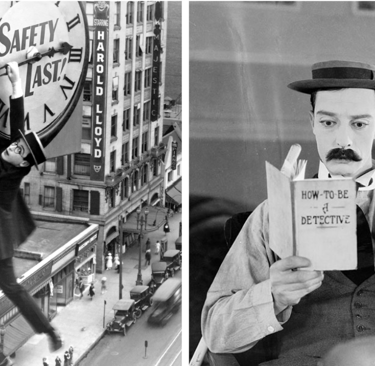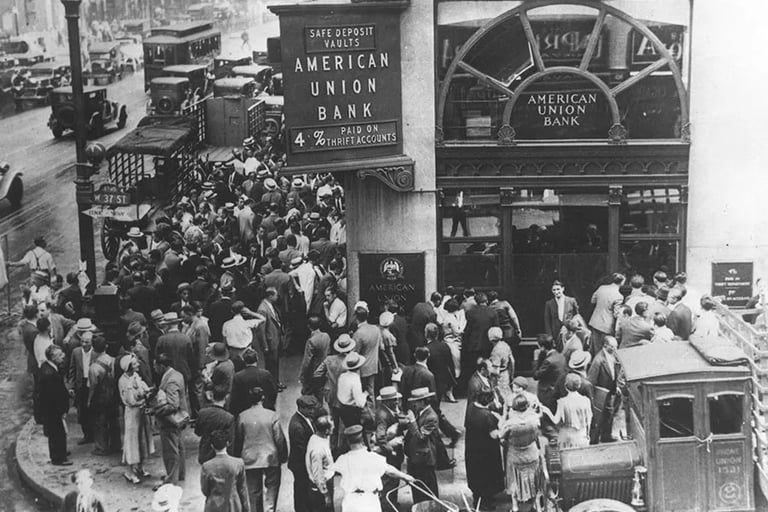Social Satire in Silent Film: Humor and Commentary with Lloyd & Keaton
Beyond the laughs, 'Safety Last!' and 'Sherlock Jr.' reveal 1920s America through silent film. Explore how Lloyd and Keaton used striking visuals and humor to tackle gender roles and economic pressures in the silent era


Safety Last (Harold Lloyd, 1923) and Sherlock Jr. (Buster Keaton, 1924) are two films created by comedians that emphasize Hollywood's Silent era (besides Charlie Chaplin). Moreover, these two films also refer to the US society problem during the 1920s to the early 1930s such as gender and economic pressure, through their use of visual factors, non-diegetic sound, and humor elements. It is noticeable that most silent films are present in black and white images not only due to the technological development during the 1920s-30s, but it also allows the audiences to gain more focus on the main characters as performers rather than other factors in the films. Moreover, with the visual factors, these two films also contain a " texted slideshow" transition and "insert shot" that creates a sense of continuity editing that allows viewers to understand what is happening in the film. For other visual aspects, both Keaton and Lloyds appear in a formal suit throughout the screening; it implies the United States regarding society development and economic struggle. Keaton highly suggested this idea, and Lloyd both for finding suitable jobs in the industrialism period in order to impress their "lady." Specifically, Keaton wants to be a detective, while Lloyd wants to get a "high-status job.
Buster Keaton & Harold Lloyd: Masters of Silent Slapstick (beside Charlie Chaplin)


Furthermore, Keaton and Llyod's finding a job can also foreshadow the early period of the Great Depression, which caused economic turndown and an increasing unemployment rate in the US. This idea can also be related to our class reading about strike 2023 (issue of working labor, unemployment, etc…). Since these two films are slapstick silent films, Keaton and Lloyds humorously express their emotion and career struggle mainly through their clumsy body movement with the combination of the editing (fast-paced) and non-diegetic sound (music), generating a humorous connection between the performers and the viewers (spectatorship). However, there is a slight difference in Keaton's film in that it focuses more on using machines, which shows the dehumanizing automatism of modern life. In contrast, the women's representation in Lloyd and Keaton's screening represents a sense of dependence and consumerism, demonstrated through their fancy and "formal" clothing and gentle behaviors toward Lloyd and Keaton's achievements or mistakes.